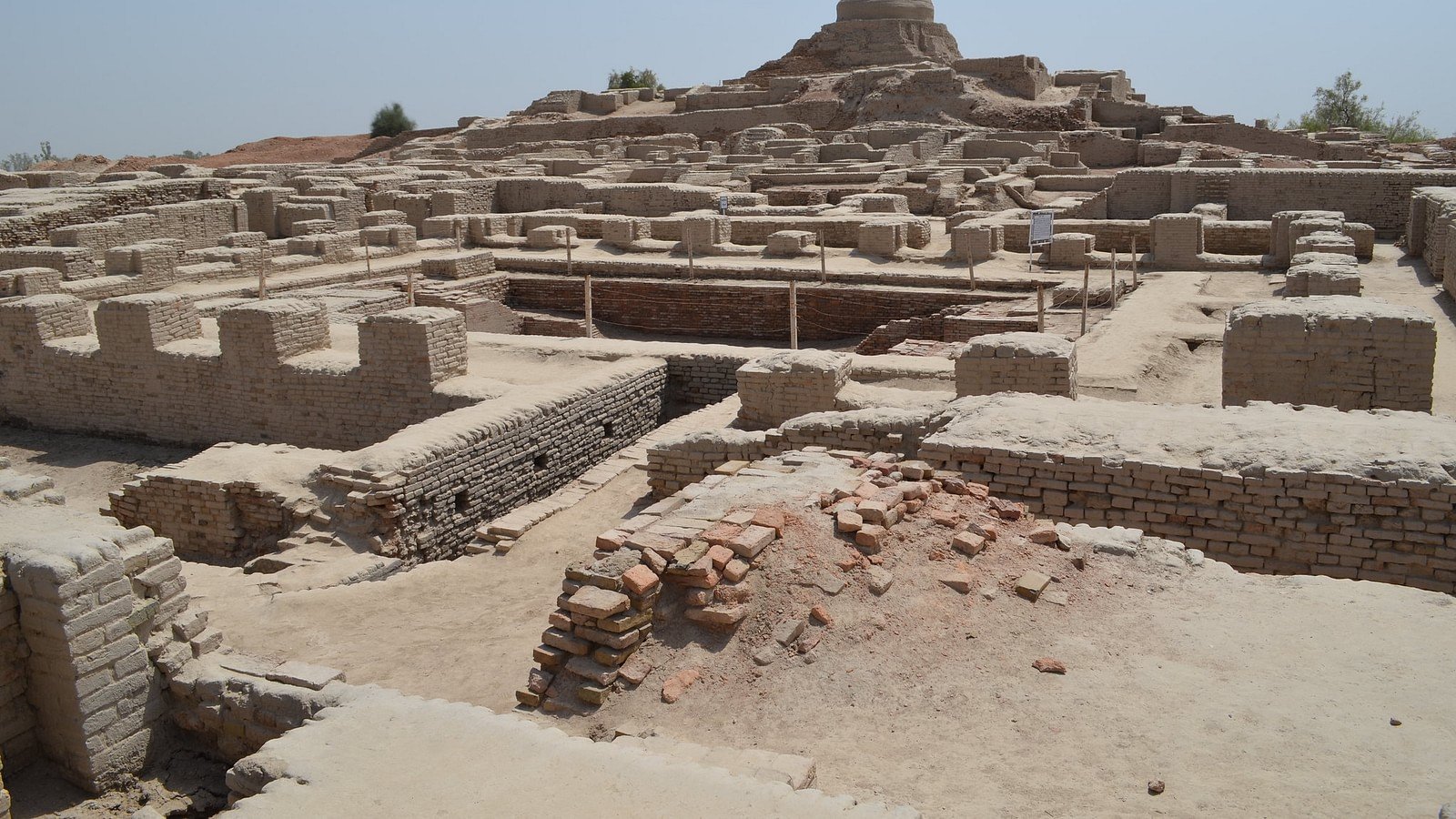The Indus Valley Civilization, one of the world’s earliest urban cultures, flourished around 3300 BCE to 1300 BCE in what is now modern-day Pakistan and northwest India. Known for its advanced urban planning, architecture, and sophisticated drainage systems, the Indus Valley also left behind subtle yet significant traces of spiritual practices that provide insight into the early religious and philosophical thoughts of the region.
While much of the Indus Valley Civilization’s spiritual beliefs remain shrouded in mystery due to the undeciphered script, there is substantial evidence suggesting that spirituality played a pivotal role in their daily lives. The people of the Indus Valley appeared to have worshipped natural elements, such as water, earth, and animals, which were likely seen as manifestations of the divine. The numerous figurines, seals, and artifacts found at excavation sites depict deities with symbolic representations, such as the well-known “Proto-Shiva” figure, often seen seated in a yogic posture, which may be an early depiction of meditation or a precursor to later Hindu deities.
The emphasis on fertility is also evident in the numerous terracotta figurines and statues of female deities, possibly associated with mother earth or fertility gods. Such symbols suggest the Indus Valley people had a reverence for the life-giving forces of nature and believed in the cyclical nature of life, death, and rebirth—a core concept later echoed in Hinduism, Buddhism, and Jainism.
The prevalence of water-related rituals, as seen in the Great Bath of Mohenjo-Daro, indicates that purification and ritual bathing may have been part of their spiritual practices. This idea of ritual cleansing is closely linked to the later Vedic traditions and the concept of purity in Hindu rituals.
In conclusion, while we may never fully understand the spiritual beliefs of the Indus Valley Civilization, the artifacts and structures they left behind suggest that they held a deep reverence for nature, the divine, and the interconnectedness of life. Their spiritual practices laid a foundation that would later influence the religious and philosophical traditions of South Asia.

The Spiritual Legacy of the Indus Valley Civilization
afterlife beliefs ancient India ancient meditation practices ancient religious practices cyclical nature of life and death divine forces in the Indus Valley early Hinduism fertility symbols Great Bath of Mohenjo-Daro Indus Valley artifacts Indus Valley burial practices Indus Valley Civilization Indus Valley deities Indus Valley religion Indus Valley spirituality natural element worship proto-Shiva figure ritual purification sacred symbols spiritual awakening in the Indus spiritual connection to nature spiritual foundations of South Asia. spiritual practices of the Indus terracotta figurines The Spiritual Legacy of the Indus Valley Civilization Vedic roots water-related rituals
Leave a Reply